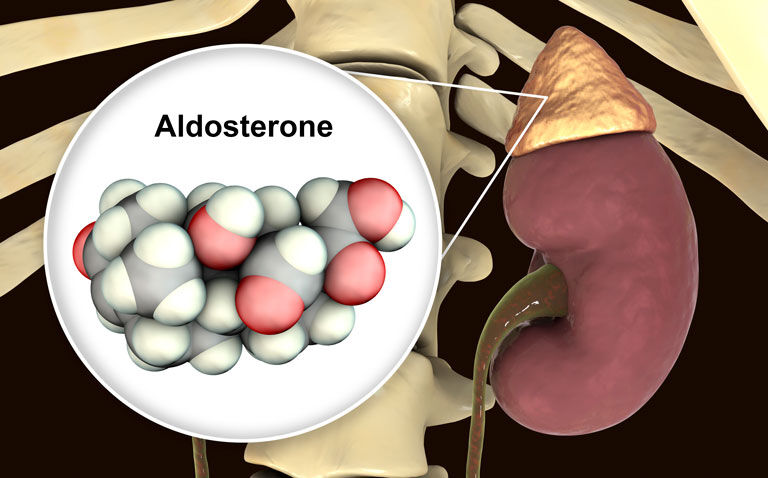Metomidate computed tomography scanning was able to successfully identify primary aldosteronism and was non-inferior to adrenal vein sampling
Metomidate used as a PET radiotracer and in combination with high resolution computed tomography (CT) has been shown to be non-inferior to adrenal vein sampling (AVS), as a non-invasive means of detecting primary aldosteronism according to a study by a team of UK researchers.
Primary aldosteronism (PA) has been shown to be responsible for 5.9% of cases of hypertension and this figure increased to 11.8% in patients with stage 3 hypertension. PA can be surgically corrected when caused by unilateral aldosterone hyper-secretion for which the usual cause is an aldosterone-producing adenoma. Moreover, hypertension due to PA has a worse prognosis compared with blood pressure-matched essential hypertension. The use of AVS is recognised as the most reliable means of identifying whether aldosterone production is uni- or bilateral. Nevertheless, an alternative is the use of imaging modality, such as metomidate positron emission tomography computed tomography (MTO) and which, in one small study has been shown to both a sensitive and specific alternative to adrenal vein sampling. Nevertheless, with a limited evidence base to demonstrate the value of this imaging modality, in the present study, researchers set out to compare the accuracy of MTO and AVS at predicting the outcome following adrenalectomy in patients with PA and ultimately resolution of hypertension in these patients. Individuals with confirmed PA underwent both MTO and AVS and were commenced on spironolactone 50mg but which was increased to 100mg after two weeks. Both techniques were used to assess the probability of unilateral PA and where this was high, unilateral adrenalectomy was recommended, or medical management where it was not detected.
Metomidate scanning and the outcome following adrenalectomy
A total of 128 patients with a median age of 52 years (68% male) were included in the study.
The use of MTO graded 52% of patients with a high probability of unilateral PA compared with 45% following AVS, although overall, 67% of the entire cohort were scored as having a high probability of unilateral PA.
Following surgery, the accuracy of MTO at predicting clinical success was 65.4% compared to 61.5% for AVS. These differences did not reach the predefined inferiority statistical margin; in other words, MTO was not inferior to AVS. Only 23 of 78 patients undergoing surgery achieved blood pressure readings of below 135/85mmHg, although 12 individuals were able to stop antihypertensive treatment.
There were a total of 24 serious adverse events although none of these were considered to be related to the procedures, and 22 fully resolved.
The authors concluded that MTO was an effective non-invasive means to diagnose unilateral PA and could be used as an alternative to AVS.
Citation
Wu X et al. [11C]metomidate PET-CT versus adrenal vein sampling for diagnosing surgically curable primary aldosteronism: a prospective, within-patient trial. Nat Med 2023










